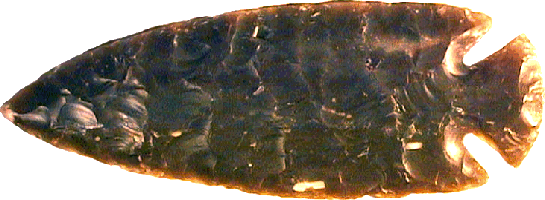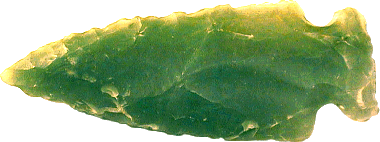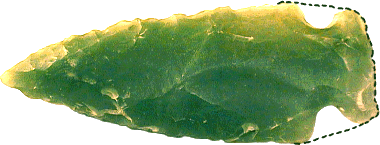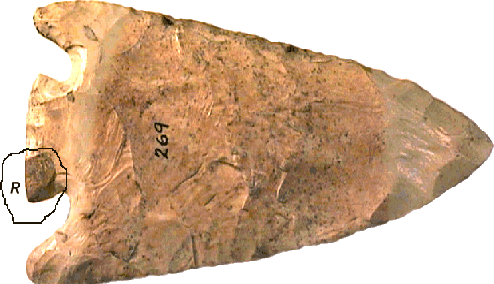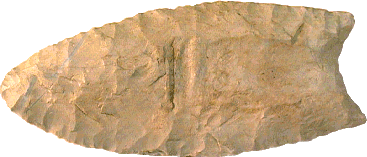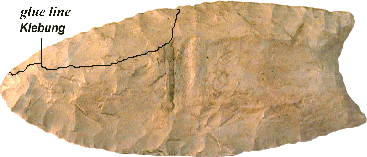|
But why must we speak about this topic at all? Many collector collect the artifacts self, so that problem will not be relevant for them.
One must admit anyway that today it is more difficult to find high quality artifacts because many of them are often destroyed by field tools during intensive plowing of fieldsites. Furthermore, everybody doesn't have the time searching for artifacts.
On the other side collecting of artifacts is submitted to definite legal requirements which everybody doesn't fulfil.
The most artifacts you will find today in collections, have often been found around the turn of the century until the 1950-60 years. Some of these collections and artifacts from this, today will be offered for experienced collectors as well for follow-up collectors.
Here the possibility opens up for a collector to aquire an artifact or artifacts for which some collectors looked their whole life.
Therefore once in a while one stands today before the question whether an artifact is prehistoric or not.
That are the reasons why we want to have a look at this topic.
What will be faked?
Within the last years the interest in archaeological artifacts has strengthened itself noticeably, so the problem of faking also has risen, so everything what could be selled in this range will be manufactured recently.
In which an artifact recently produced doesn't have to be always at once to be produced as fake. This may happen, often after years, going through several hands and one day appearing as fake on the collector market.
At this has to be taken into account there aren't always the striking and expensive artifacts which are faked, since these are often checked and examined exactly on their trueness by different experts before acquisition.
The faker know about this and therefore it is often the normal mass of the artifacts which are faked since these are often purchased due to the lower prices without previous check.
One must himself be clear about that many modern flint craftsman just as good even better as the prehistoric people, can copy and manufacture flint tools in a short time.
They are able to treat these tools so that they look very old and are not to be distinguished with bare eye from prehistoric artifacts.
For this reason it has become more difficult within the last years to distinguish true prehistoric artifacts from faked artifacts. For this reason only long experience and the right equipment can protect your investment.
|
